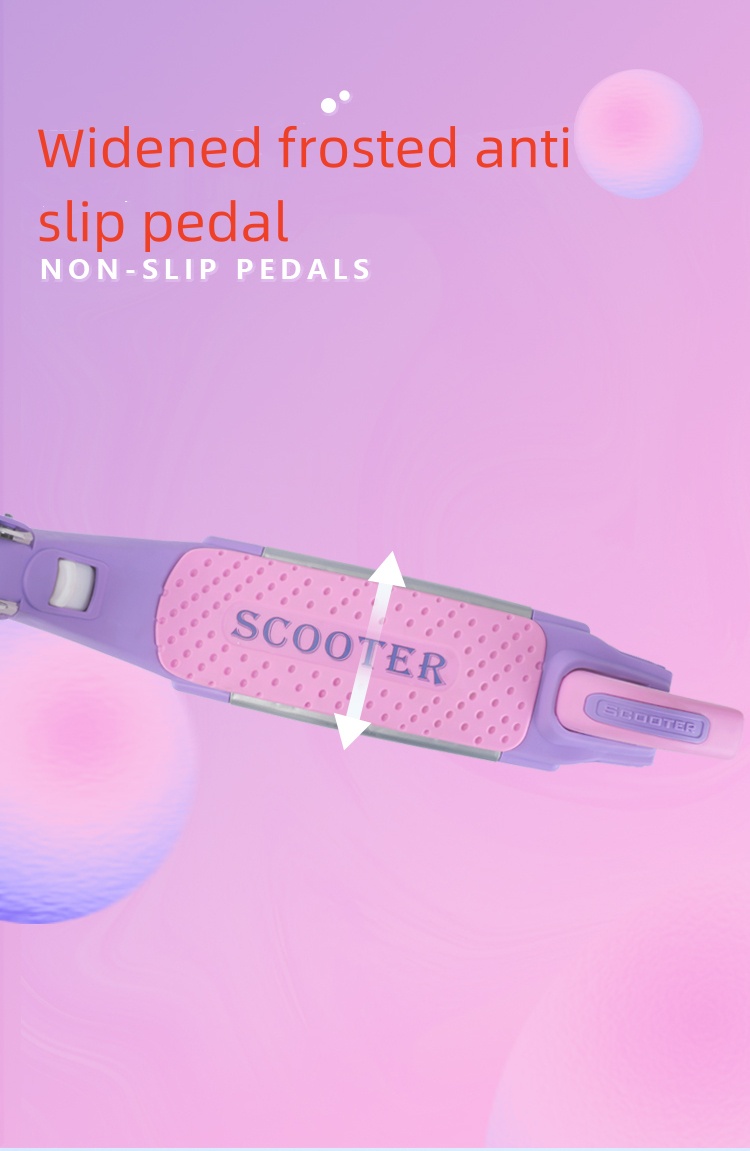Aug . 14, 2024 03:28 Back to list
Understanding the Costs Involved in Brake Drum Turning Services for Your Vehicle Maintenance Needs
Understanding Brake Drum Turning Costs
Brake drums are essential components of a vehicle's braking system, playing a crucial role in ensuring safety and performance. Over time, these drums may wear down or become warped due to heat generated during braking. This wear can lead to decreased efficiency, increased stopping distances, and even potential brake failure. Hence, routine maintenance, including brake drum turning, becomes necessary. However, understanding the costs associated with this service is vital for vehicle owners.
What is Brake Drum Turning?
Brake drum turning is a process that involves machining the surface of the brake drum to restore its original shape and smoothness. This is typically done when the drum exhibits signs of wear, such as scoring or warping. The process not only extends the life of the brake drum but also improves brake performance by ensuring even contact between the brake shoes and the drum.
Factors Influencing Brake Drum Turning Costs
The cost of brake drum turning can vary substantially due to several factors
1. Labor Costs The hourly rate charged by mechanics can vary significantly based on geographic location, the experience of the technician, and the type of automotive shop. Urban areas tend to have higher labor costs compared to rural areas.
2. Type of Vehicle Larger vehicles such as trucks or SUVs may have more expensive brake drums that require specialized tools or more time to turn. Additionally, some vehicles may have specific requirements that can increase labor time and overall costs.
3. Condition of the Drums If the drums are severely damaged or worn beyond the manufacturer’s specifications, they may not be suitable for turning and will require replacement instead. This can lead to significantly higher costs.
brake drum turning cost

4. Additional Services Brake drum turning is often done in conjunction with other brake services, such as replacing shoes or pads. The cost might increase if additional parts are needed or if more extensive repairs are required.
5. Shop Reputation and Technology High-end shops that use state-of-the-art equipment may charge more for turning services. However, they often provide better quality and can ensure a more precise finish which can prolong the life of the braking system.
Average Costs
On average, the cost of brake drum turning can range from $15 to $30 per drum, not including labor. Labor costs can add an additional $50 to $100 depending on the shop's rate and the complexity of the job. In total, vehicle owners may expect to pay anywhere from $70 to $200 for turning all four brake drums.
Benefits of Brake Drum Turning
While the costs may seem significant, the benefits of turning brake drums are substantial. First, it is typically less expensive than replacing the entire drum. Secondly, turning enhances the performance of the braking system, leading to smoother stops and increased safety. A properly functioning braking system is essential for vehicle safety and can ultimately save lives.
Conclusion
Understanding brake drum turning costs is essential for vehicle owners to effectively budget for maintenance. Considering factors such as labor, vehicle type, and overall condition can help ensure that you receive fair pricing for this necessary service. Moreover, regular maintenance, including brake drum turning, not only extends the life of your brakes but also enhances the safety and performance of your vehicle. When in doubt, seek the advice of a qualified mechanic who can guide you in making the best decision for your vehicle’s braking system.
-
ROR Web Development: Build Fast, Scalable, Secure Apps
NewsAug.17,2025
-
Scania Brake Drums: OEM Quality for Optimal Safety & Durability
NewsAug.16,2025
-
R.V.I: Advanced Remote Visual Inspection for Precision
NewsAug.15,2025
-
Discover HYUNDA: Innovative Vehicles, Equipment & Solutions
NewsAug.14,2025
-
R.V.I: Unlock Advanced Insights & Real-time Performance
NewsAug.13,2025
-
Kamaz Brake Drum: Durable & Reliable for Heavy Duty Trucks
NewsAug.12,2025
